Копирование файлов - одна из задач, наиболее часто возникающих перед пользователями персонального компьютера. Конечно, можно открыть файловый менеджер, войти в нужную папку и скопировать файл с помощью контекстного меню - тут не о чем говорить. Но в этой статье я хотел бы рассмотреть копирование файлов в Linux с помощью терминала.
Не всегда есть доступ к файловому менеджеру: из-за различных поломок графическая оболочка на домашнем компьютере может быть недоступна, а на серверах используется только консольный интерфейс. К тому же копирование файлов Ubuntu через терминал намного эффективнее, и вы сами в этом убедитесь. Сегодня мы рассмотрим не только копирование командой cp Linux, но и использование других утилит, таких как tar, rsync и find.
Содержание статьи
- Копирование файлов в Linux
- Копирование файлов в Linux по регулярным выражениям
- Дополнительные способы копирования файлов в Linux
- Выводы
Копирование файлов в Linux
1. Команда cp
Команда cp чаще всего используется для копирования файлов в Linux, она поставляется по умолчанию во всех дистрибутивах и может делать практически всё, что необходимо. Вы можете прочитать более подробно об этой команде в статье Команда cp в Linux. А в этой статье я приведу несколько базовых примеров использования этой команды.
Самый простой вариант копирование файла в папку. Например, для того чтобы скопировать некую картинку из домашней папки в подкаталог pictures выполните:
cp ~/pic.png ~/pictures/
Можно явно указать имя нового файла:
cp ~/pic.png ~/pictures/wallpaper.png
Для копирования папок нужно использовать опцию -r:
cp -r ~/reports ~/documents
После выполнения этой команды копирования папка reports будет скопирована в папку ~/documents. Если же вы хотите чтобы только содержимое папки reports было скопировано папку ~/documents используйте опцию -T:
cp -rT ~/reports ~/documents
Эта команда также поддерживает специальные символы замены * и ?. Например, следующая команда скопирует все файлы, начинающиеся на april:
cp ~/reports/april* ~/documents
В случае, если важно сохранить права доступа к файлу и его владельца, нужно использовать опцию -p:
cp -p ~/reports/march* ~/documents/
Для создания резервной копии файла конфигурации перед редактированием может быть очень полезно использовать синтаксис фигурных скобок Bash для того чтобы не писать полное имя нового файла. Например:
cp /etc/passwd{,.baсk}
В данном случае будет создан файл с таким же именем и расширением .back.
По умолчанию в cp не отображает прогресс копирования файла, что очень неудобно при работе с большими файлами. Но утилита progress позволяет посмотреть прогресс для всех утилит из пакета coerutils. Или же вы можете использовать команду rsync.
2. Команда rsync
Эта команда была разработана для резервного копирования файлов. Она позволяет выполнять не только копирование файлов, но и синхронизацию содержимого папок, а также поддерживает работу по сети с помощью SSH или по собственному протоколу. Более подробно о ней можно прочитать в этой статье.
Для того чтобы скопировать ту же картинку в папку ~/pictures используйте такую команду:
rsync ~/pic.png ~/pictures/
Указать имя для нового файла можно так же как и с cp. Ещё с помощью этой утилиты довольно удобно копировать больше файлы, потому что она умеет отображать прогресс копирования. Для этого нужно использовать опцию --progress:
rsync --progress ~/disk.img ~/images
Если вы хотите скопировать содержимое одной папки в другую, то нужно использовать опцию -r для копирования папок:
rsync -r ~/reports/ ~/documents/
Но обратите внимание, что для того чтобы копировать именно содержимое из папки источника, её название должно заканчиваться на слеш. Ну а для того чтобы скопировать саму папку не нужно добавлять в конце слеш:
rsync -r ~/reports ~/documents/
Если вы хотите сохранить права на файл и его владельца, то нужно использовать опцию -a:
rsync -a ~/reports ~/documents/
3. Команда xcp
В последнее время для многих утилит из набора CoreUtils появились аналоги, переписанные на Rust, которые лучше оптимизированы для современных систем и более дружелюбны к пользователю. В качестве такой альтернативы для cp можно использовать команду xcp. Для её установки надо использовать cargo:
cargo install xcp
Обычное копирование файла в другую папку работает аналогично команде cp. При этом утилита по умолчанию выводит красивый прогресс бар:
xcp ~/pic.png ~/pictures/
Также работает копирование файла с указанием нового имени:
xcp ~/pic.png ~/pictures/wallpaper.png
А вот механика копирования директорий была упрощена. По умолчанию содержимое директории источника, копируется в директорию назначения:
xcp -r ~/reports ~/documents/
Если же нужно скопировать папку ~/reports в ~/documents, то нужно использовать опцию -T:
xcp -rT ~/reports ~/documents/
Теперь вы знаете основные команды, которые могут помочь выполнить копирование файлов Linux. Дальше, давайте рассмотрим как фильтровать файлы для копирования по регулярным выражениям.
Копирование файлов в Linux по регулярным выражениям
Иногда может возникнуть необходимость выбрать файлы для копирования по регулярному выражению. В этом может помочь команда find. Она позволяет применять различные условия и регулярные выражения для поиска файлов, а потом ко всем найденным файлам можно применить cp, rsync или xcp.
Например, для того чтобы скопировать все файлы из директории ~/reports, которые содержат в имени только цифры используйте такую команду:
find ./reports -regex './[^/]*/[0-9]*' -exec cp {} ~/documents ;
Параметр regex здесь задает регулярное выражение. Обратите внимание, что регулярное выражение применяется не к имени файла, а ко всему пути. Параметром exec указывает, какую команду нужно выполнить для обнаруженных файлов. Символ {} - подставляет имя каждого файла. Аналогичным образом можно использовать другие способы фильтрации find.
Дополнительные способы копирования файлов в Linux
Linux интересен тем, что позволяет выполнять одно и то же действие различными путями. Копирование в Linux тоже может быть выполнено не только с помощью cp или других утилит для копирования. Вы можете скопировать файл используя операторы перенаправления ввода Bash и утилиту cat. Например:
cat report > ~/reports/report
Это может быть полезно для небольших текстовых файлов. Для копирования нескольких файлов можно использовать утилиту tar. Например, при переносе системных файлов в другой каталог, резервном копировании системных файлов и т.д. важно чтобы сохранились атрибуты, значения владельцев файлов и символические ссылки как они есть без какой-либо модификации. Можно составить туннель Bash, на входе которого tar будет паковать файлы отправлять на стандартный вывод, а на выходе распаковывать в нужную папку:
tar cf - /var | ( cd /mnt/var && tar xvf - )
Эта команда полностью копирует содержимое папки /var в папку /mnt/var. Так вы можете копировать папку Linux, причём абсолютно любую или даже целую операционную систему. Утилита cp тоже может справиться с такой задачей, если указать опцию -a.
Выводы
Теперь вы знаете, как выполняется копирование файлов Ubuntu и в Linux в целом. Как видите, в терминале это выполн!яется намного быстрее и эффективнее, чем с помощью графического интерфейса, если помнить нужные команды. Если у вас остались вопросы, спрашивайте в комментариях!
Preply - платформа, позволяющая найти репетитора, который поможет вам заговорить на новом языке. На платформе есть репетиторы со всего мира для английского, немецкого, французского и многих других языков. Особенность платформы в том, что у каждого преподавателя есть видео-превью, где вы можете услышать его произношение и акцент, чтобы понять, будет ли вам комфортно работать вместе. Посмотреть детали


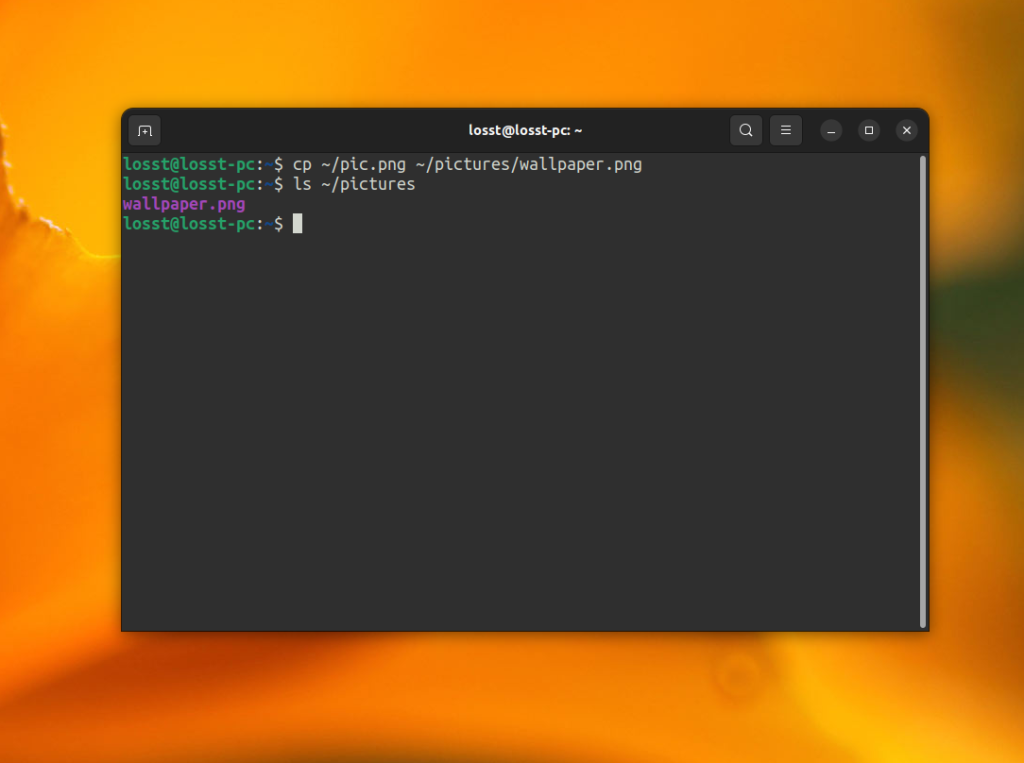
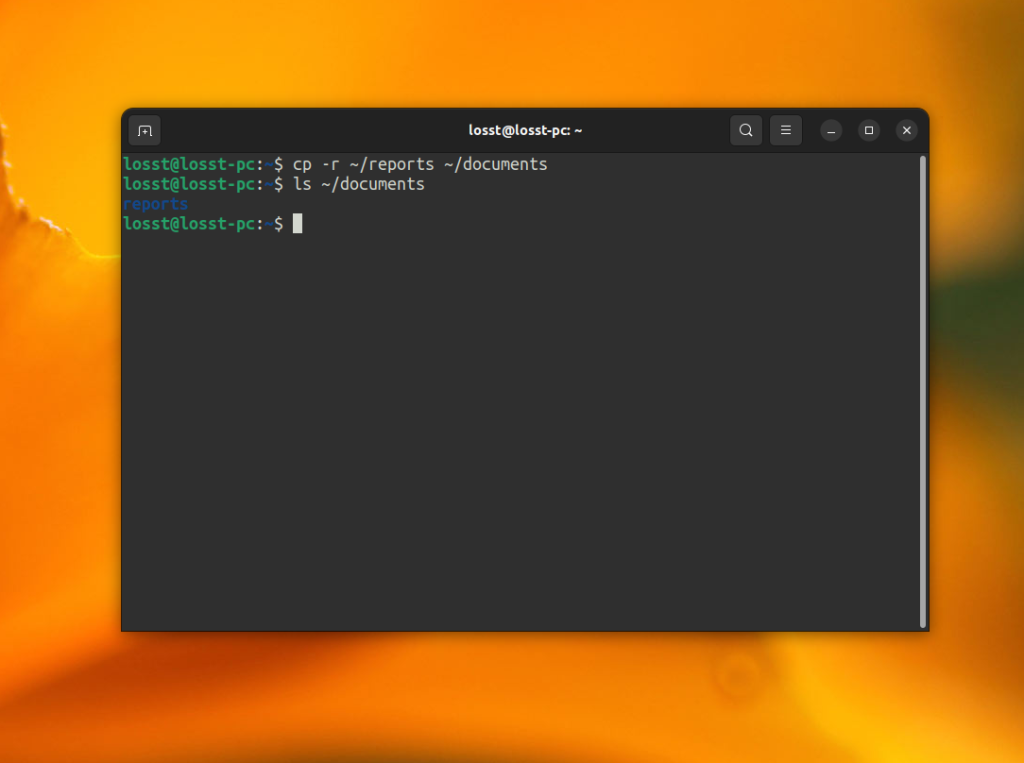
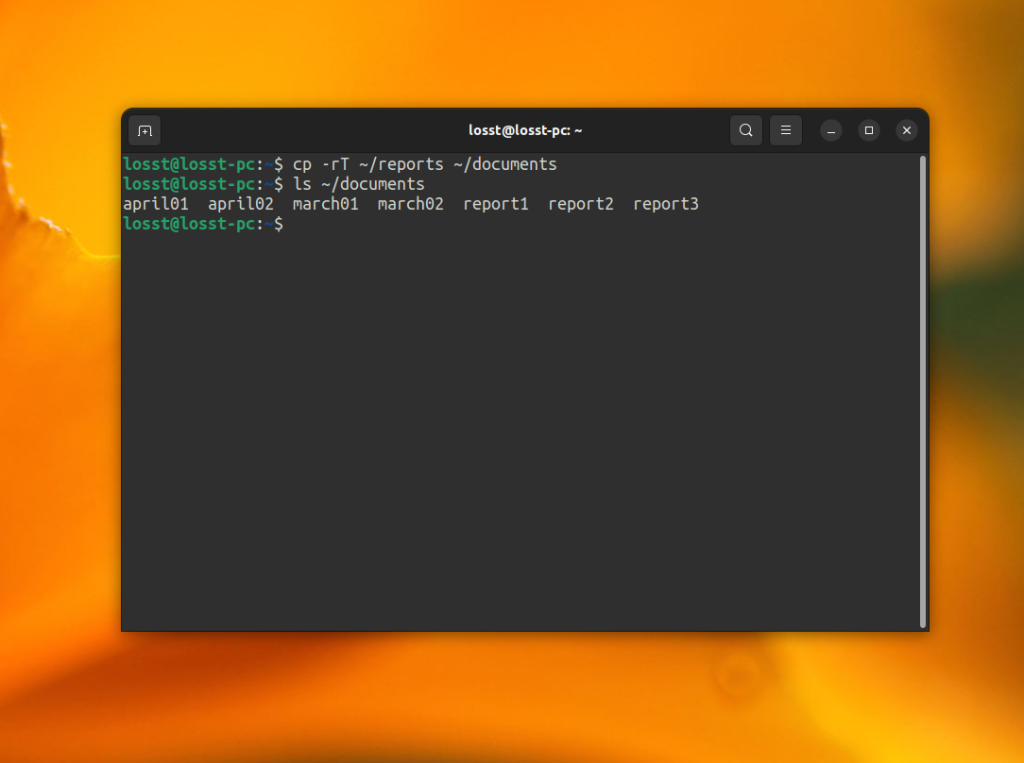
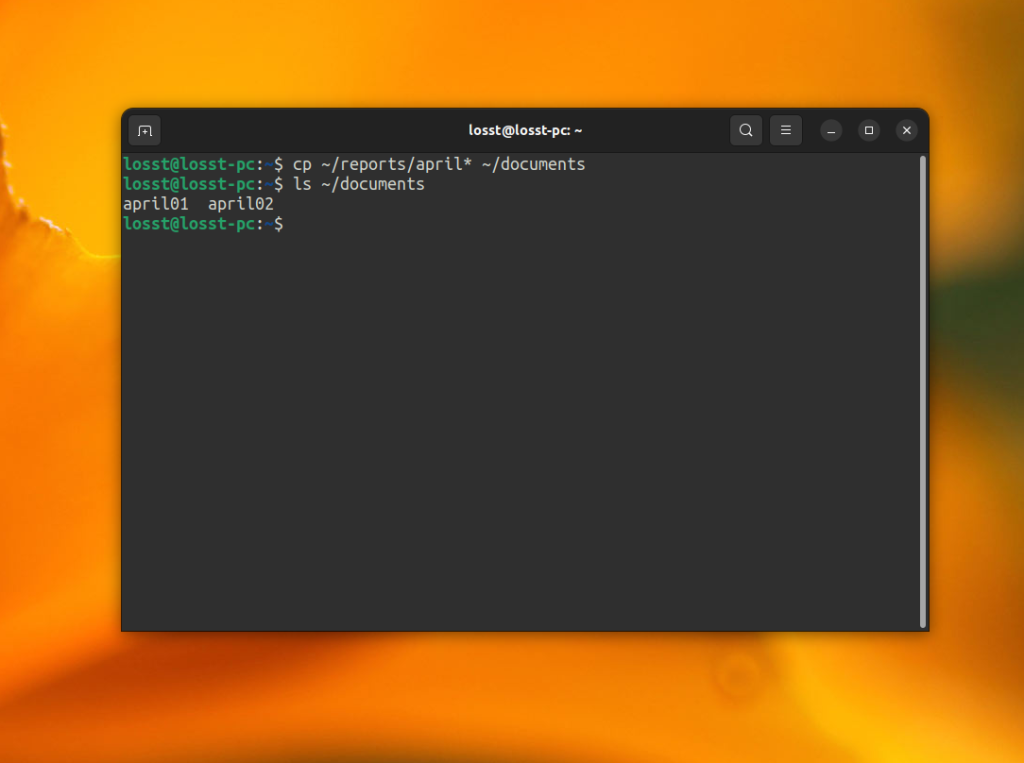
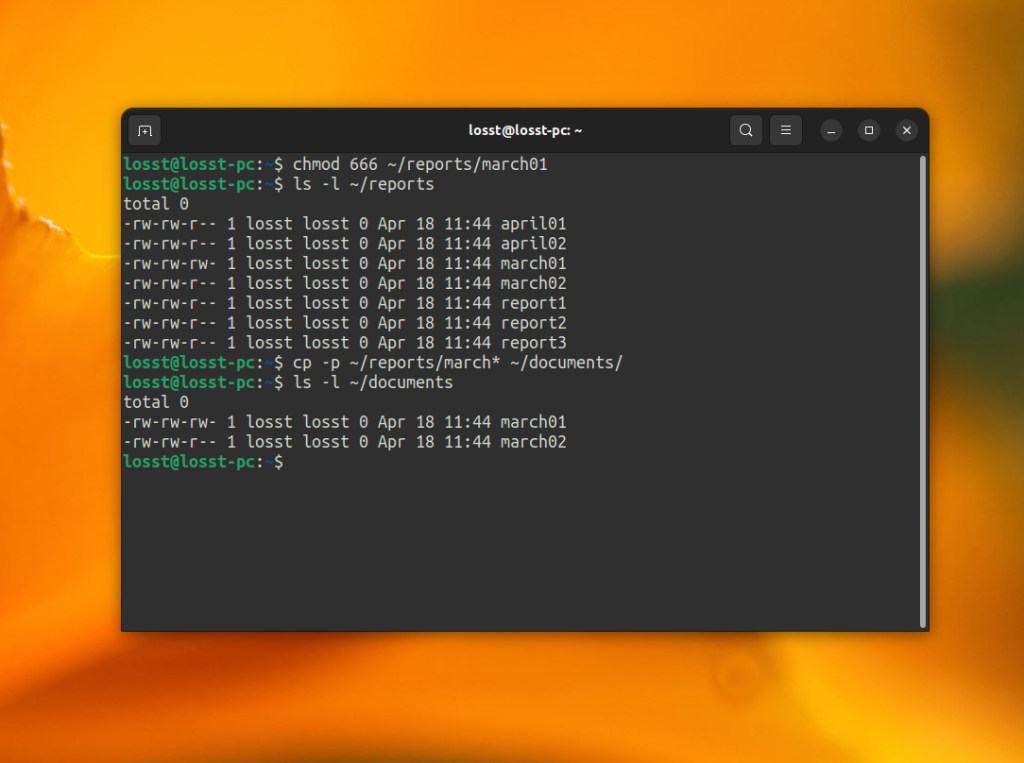
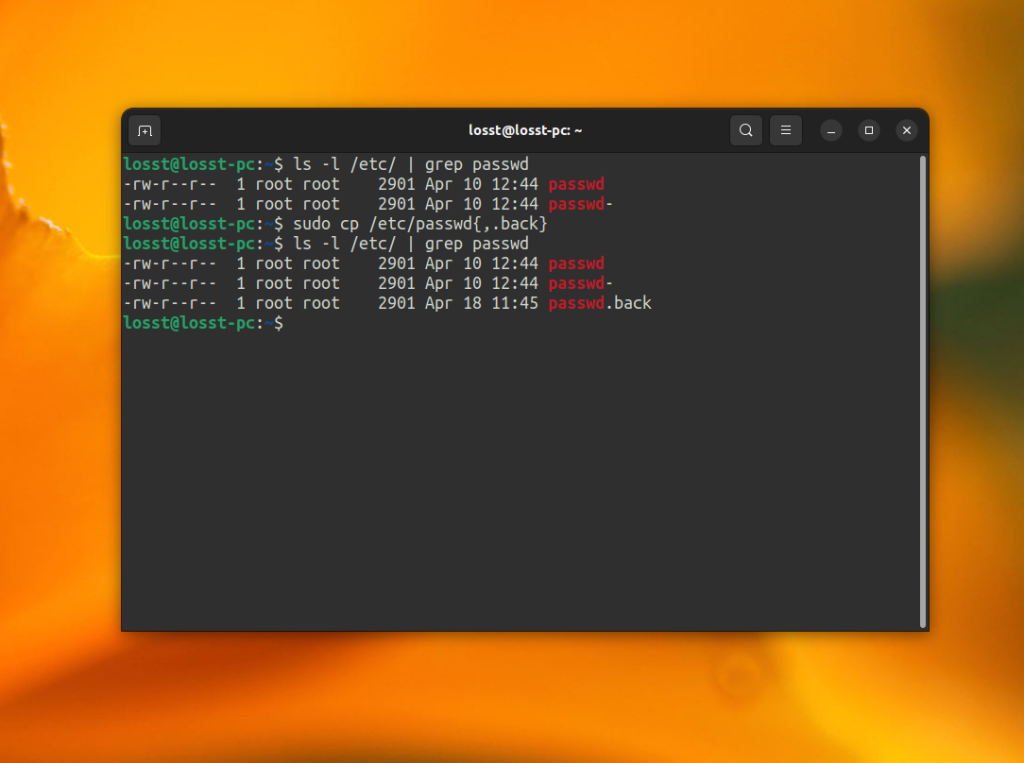

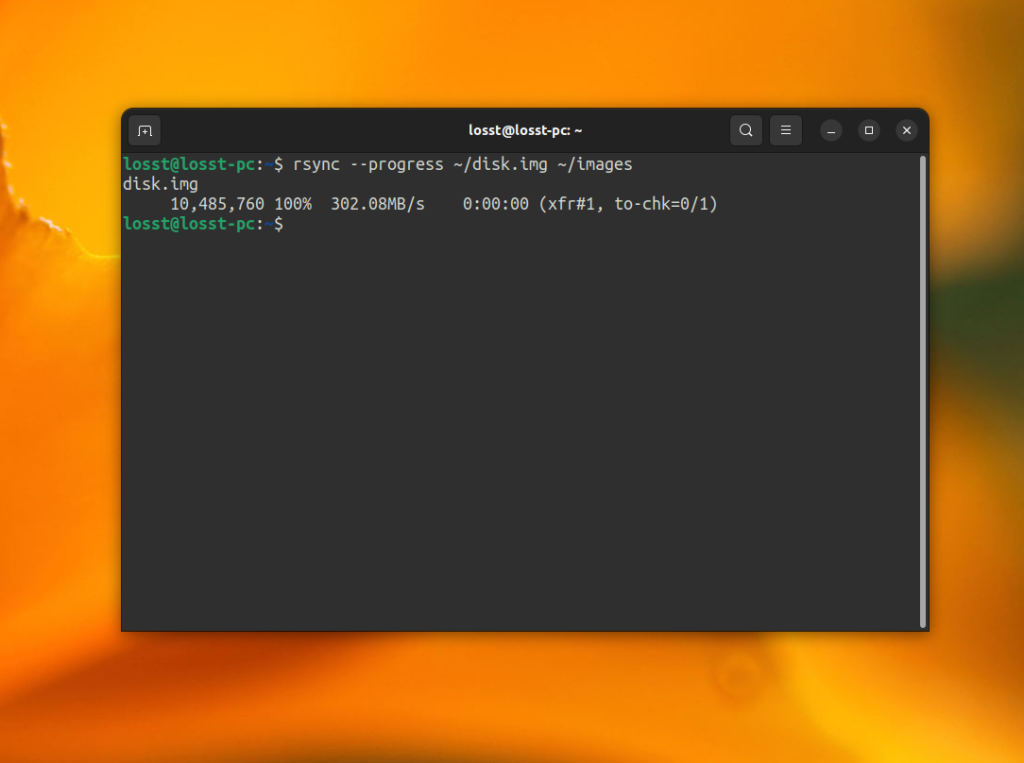
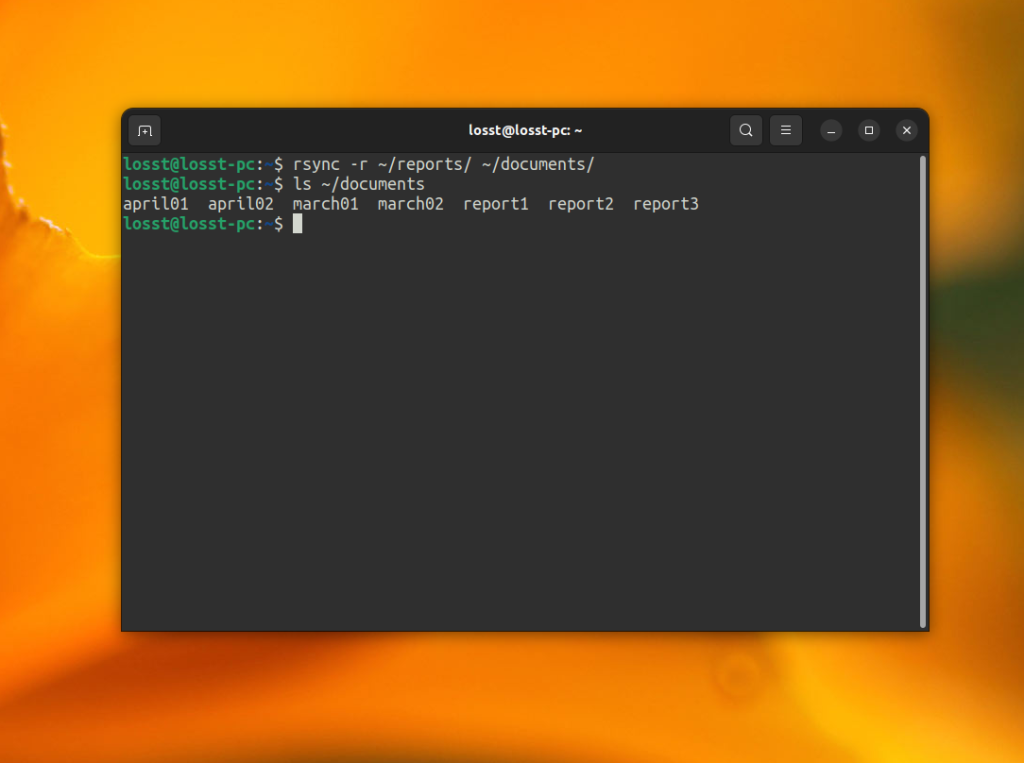
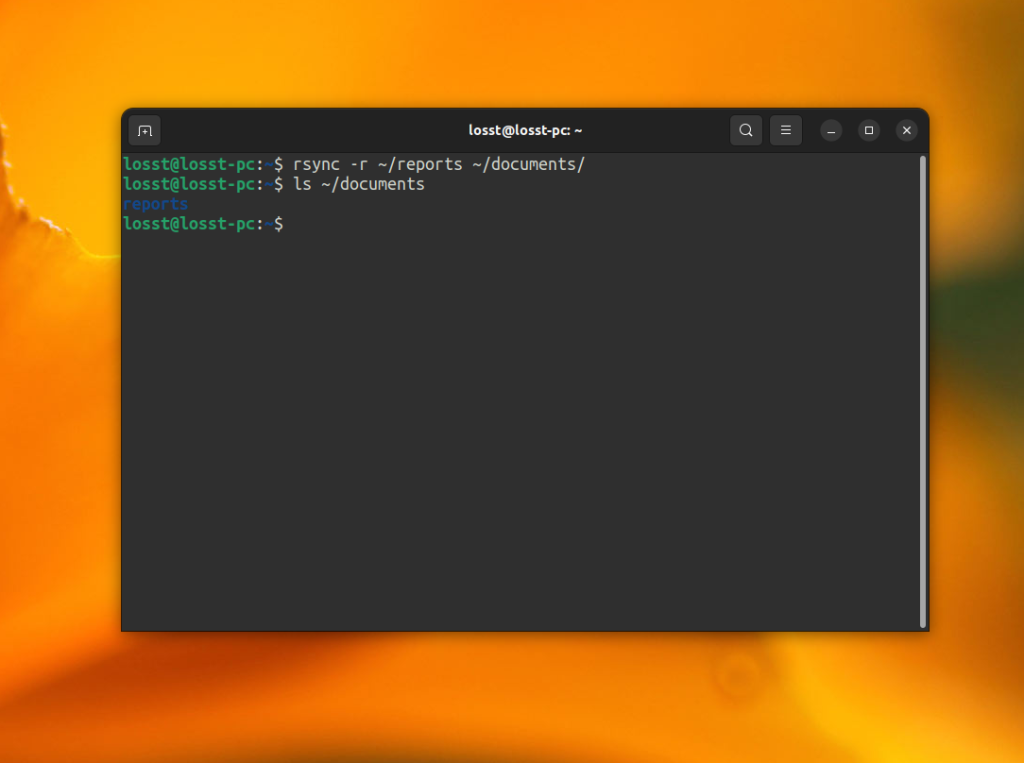
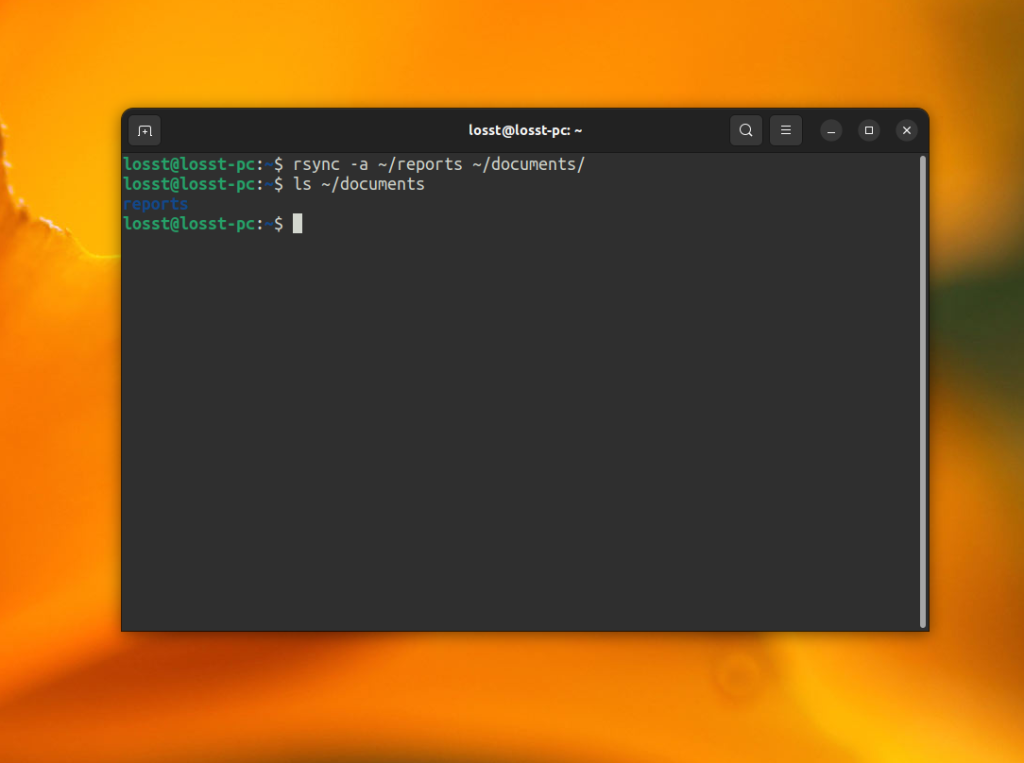
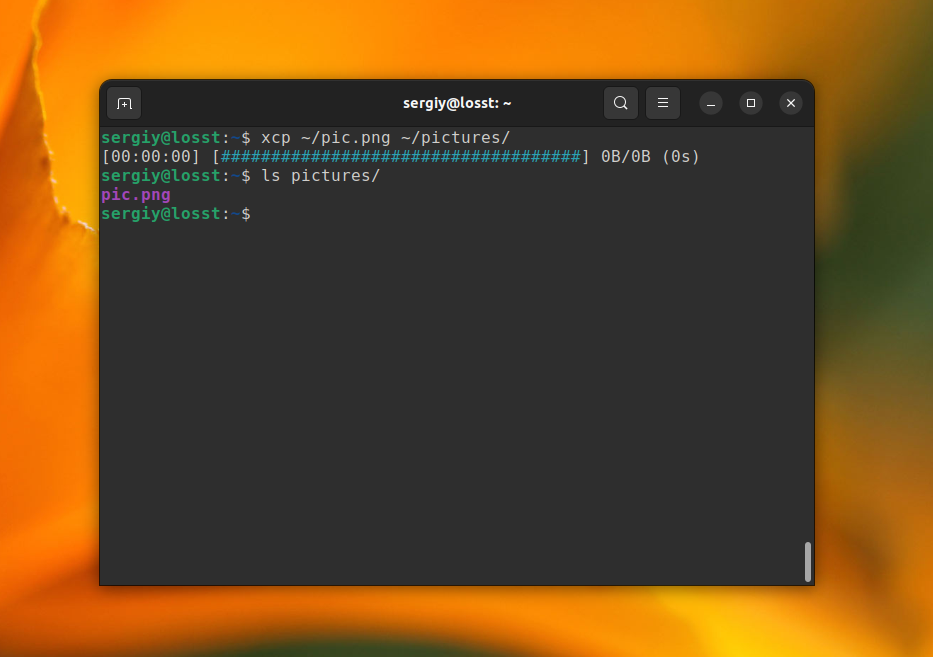
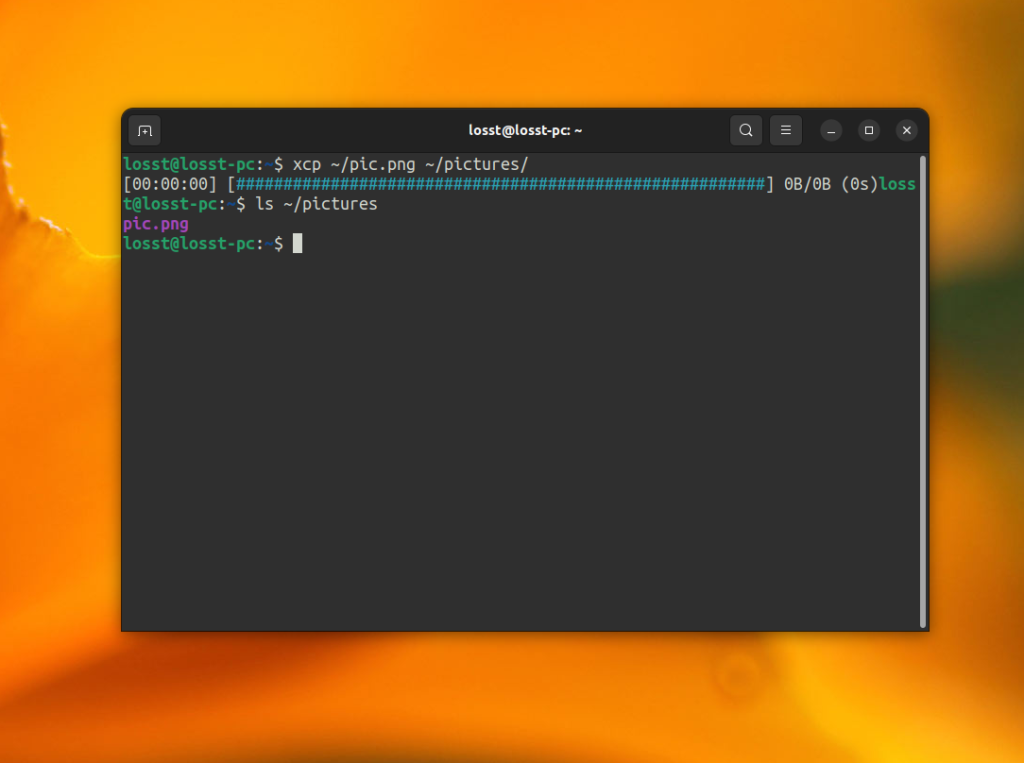
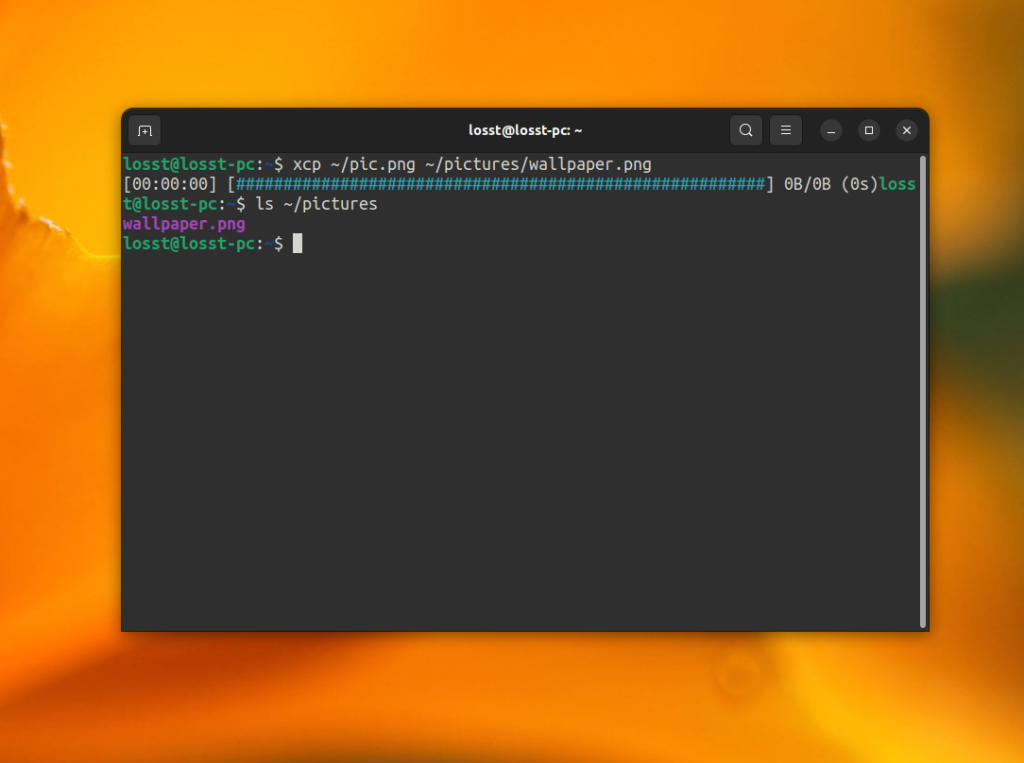
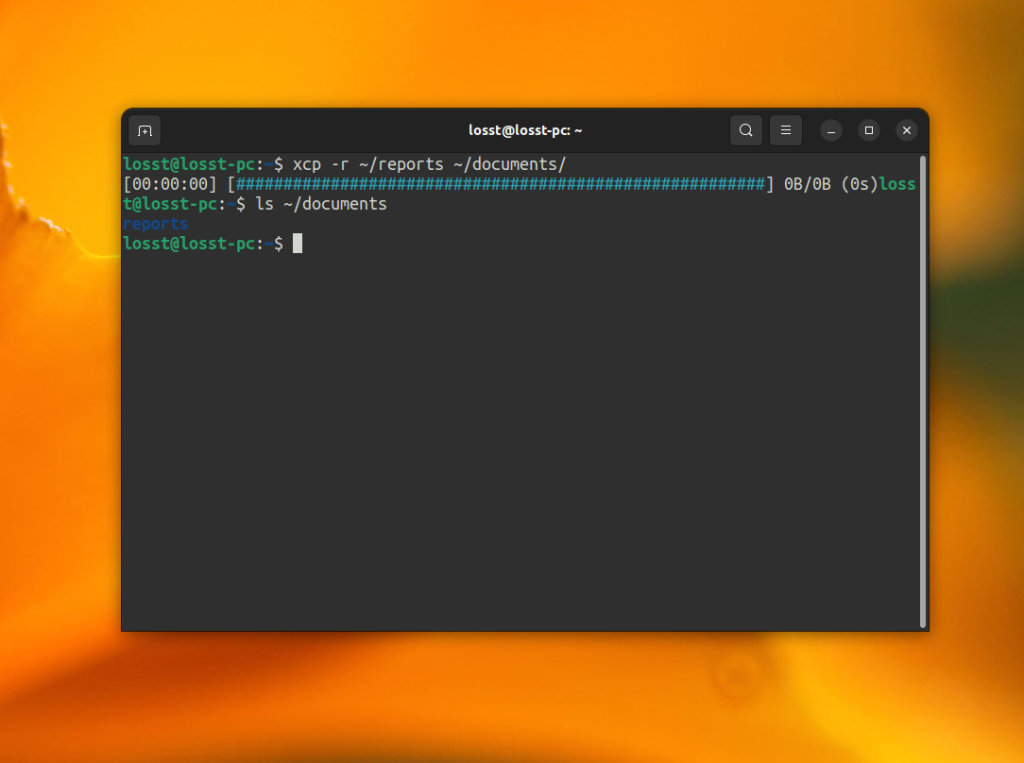
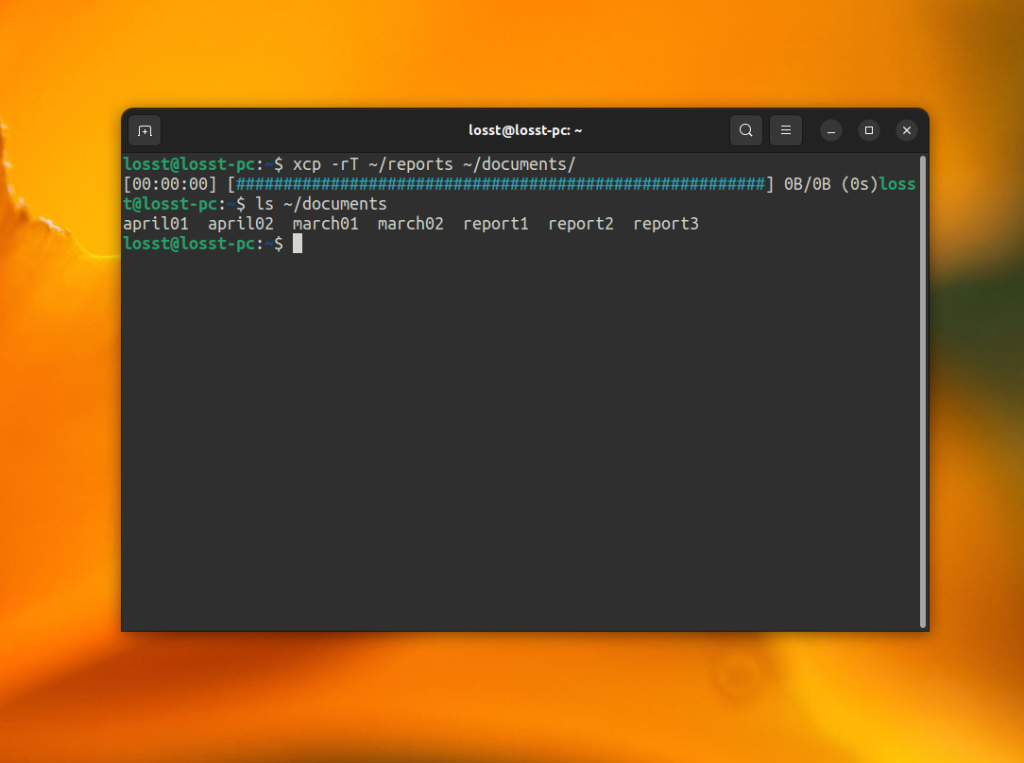
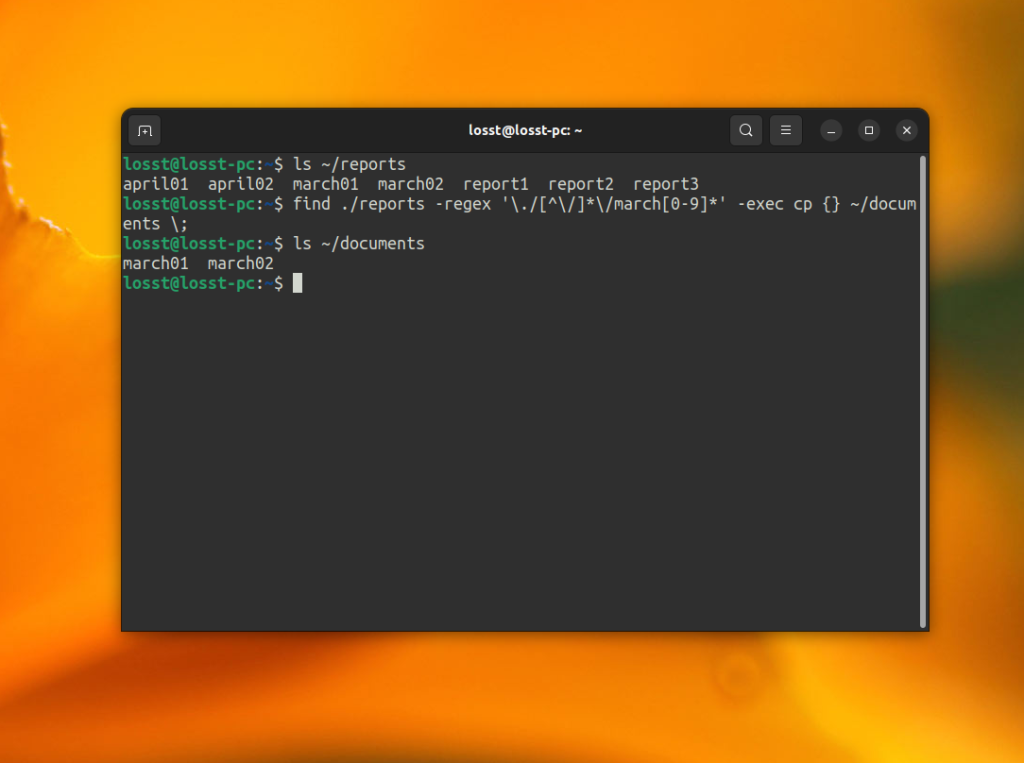
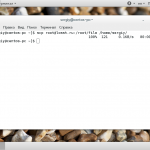


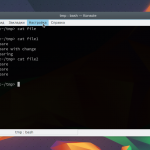
Для команды cp есть ключь -p
так вот он "Заставляет cp сохранять следующие атрибуты каждого исходного файла в создаваемой копии: время модификации, время доступа, флаги файла, режим доступа, идентификаторы пользователя и группы, насколько это позволено правами доступа."
Добавил в статью.
А scp?
У scp немного другое назначение, я рассматривал только локальное копирование.
Подскажите такую команду: есть терминальный сервер и в нем 280 пользователей. Как задать синтаксис команды что бы скопировать или удалить файл у всех пользователей в папке home? Спасибо.
Здравствуйте. Подскажите, пожалуйста, есть ли возможность скопировать один файл в например 100 папок?
Благодарю! Как всегда коротко, понятно и по делу, при сохранении ясности изложения.
День добрый. Вопрос такой. Командой ср настроен бэкап базы, 1 раз в сутки происходит бэкап, следовательно старый бэкап перезаписывается. Есть ли возможность , что бы он не перезаписывал, а создавал рядом папку с датой, дабы сохранять бэкапы за 5 дней
канеш)
cp исходный_каталог новый_каталог_`date %паттерн`
как-то так
Люди добрые подскажите как сделать копию папки как это делает винда-) без кучи примеров с использованием 12 атрибутов-)! просто взять папку целиком со всеми атт со всем что есть и нарисовать ее в другом каталоге! у меня то папка рассыпается по каталогу, сама не создается. То слетают привки, то не переносятся файлы а переносятся ток папки пустые! Зачем столько много текста написано голова уже кипит!
И теперь запутался что значит перезапись? если я сделаю копию папки с не правильными ключами то я у исходника сотру что то?
Используйте опцию -R, получается cp -R "путь к файлу, которое будем копировать" "и путь куда копируем".
вот типо этого получается "cp -R ~/test ~/Downloads"
Опция -R говорит, что он копирует файлы и все вложенное.
в примере используется символ "~", как я понял означает что путь к файлам указывается с той директории в которой находимся, сам только разбираюсь!
Символ ~ означает домашнюю директорию пользователя.
У меня есть один файл, например file1.txt, и file2.txt, мне нужно скопировать содержимое первого файла во второй, но без затирания данных во втором файле, а просто добавить данные туда, какой командой это можно сделать? Спасибо!!!
cat file1.txt >> file2.txt
Как одной командой такое сделать я не знаю, а вот как несколькими - запросто:
mkdir -p /backup/$(date +%F)/MyBase; cp -a /PathToBase/MyBase/* /backup/$(date +%F)/MyBase/; ls -t /backup | sed '1,5d' | xargs rm -f
Здравствуйте. А как скопировать только файлы определённого формата ? Например нужно скопировать только текстовые файлы..
Не срабатывает вот такая команда cp ./myfile{4..10} ./myfile.txt{4..10} или cp ./myfile{4..10} ./Catalog1/myfile.txt{4..10} Пишет что указанная цель `./Catalog1/myfile.txt10` не является каталогом. В чем моя ошибка?
Наверное нужно набрать команду cp ./*.txt (или другое текстовое расширение которое Вам нужно) и папку назначения, например /home/(пользователь)/Документы/
А как запустить процесс копирования файла на жесткий диск?
Статья немного устарела, в Ubuntu 22 gateway4 не используется.
И сейчас мне придётся узнать как маршрут по умолчанию сделать самому 🙂
Добрый день!
Сейчас изучаю Линукс и есть такое задание
Сделать в домашней директории каталог test и в нем файл test_1. После сделать на каталог test символьную ссылку с названием s_link в /tmp. А после, используя эту символьную ссылку, скопировать содержимое директории test в /tmp. И вот тут я застрял. Как скопировать этот файл, используя символьную ссылку? Перерыл разные ресурсы, ответа не нашел.
Указываю команду cp /tmp/s_link /tmp/ - мне в ответ "cp: не указан -r; пропускается каталог '/tmp/s_link'"
Указываю с параметром -r - выдает "cp: '/tmp/s_link' и '/tmp/s_link' - один и тот же файл.
из всех файлов каталога /etc выделить 5-ю строку, собрать все эти строки в один файл и отсортировать его. Подскажите пожалуйсто как правильно сделать